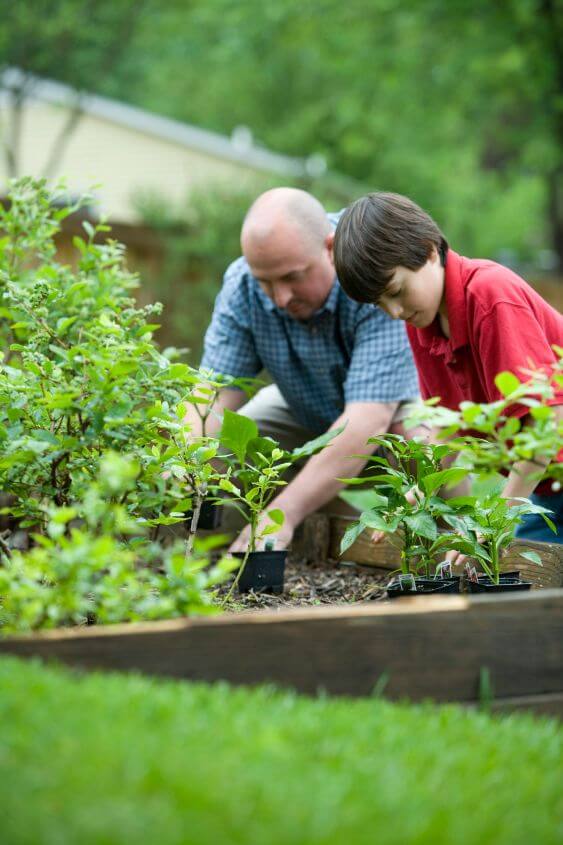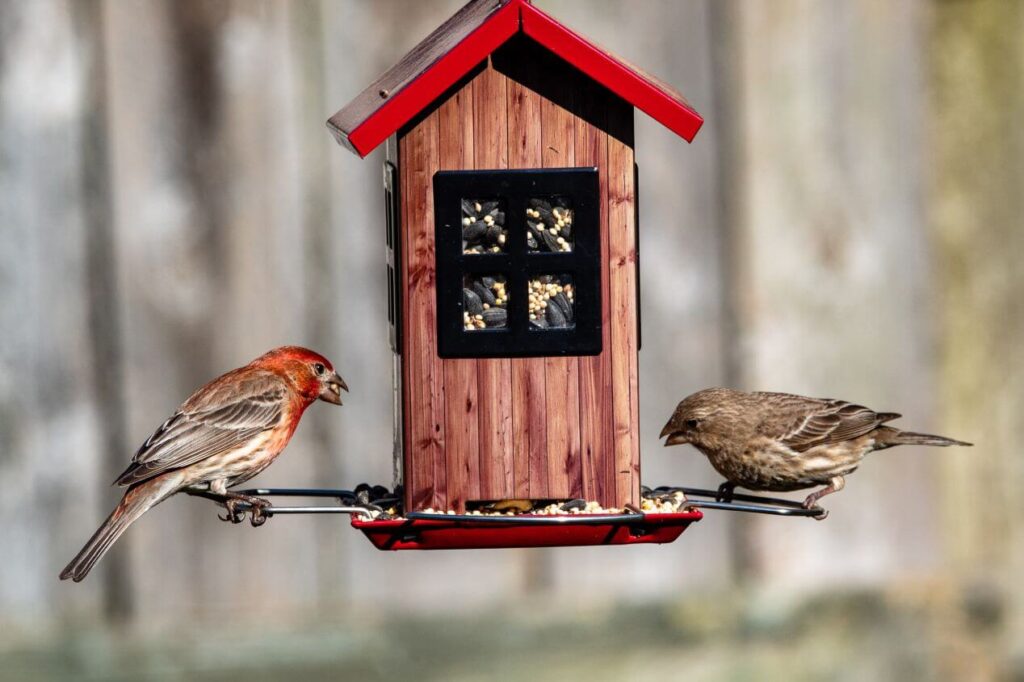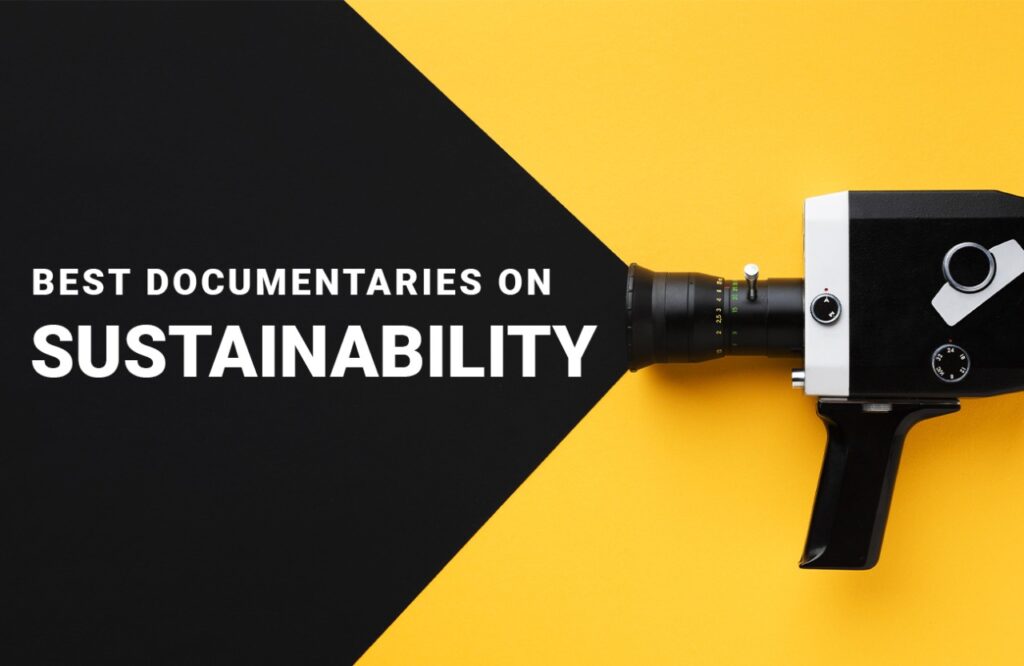Earth Day is around the corner, and this year we are celebrating this awareness holiday for the 53rd time! As a global event, Earth Day is celebrated on the 22nd of April every year. It focuses on raising consciousness about critical environmental issues, encouraging people to take action to protect Mother Earth. Over the years, Earth Day has grown into an international movement with millions of people participating in various activities to show their support for the environment. And, if you’re wondering How to celebrate Earth Day— you’ve come to the right place.
From planting trees and participating in clean-up drives to advocating for environmental policies and promoting sustainable practices, there are many ways of celebrating Earth Day with your family and friends. So seize this opportunity to take meaningful steps towards creating a more sustainable future. Ready for some mindful and fun Earth Day activities?
Invest in Our Planet: Theme 2023
The theme for Earth Day 2023 is “Invest in Our Planet.” The concept is designed as a call to action, encouraging individuals, organizations, and governments to take impactful measures to safeguard the environment and promote sustainability.
With the world facing alarming environmental challenges like climate change, pollution, and loss of biodiversity, “Investing In Our Planet” serves as a guideline for reducing carbon emissions, protecting endangered species, promoting renewable energy, conserving natural resources, supporting eco-friendly businesses, and so on. The theme focuses on the belief that by investing in our planet, we can create a healthier and greener future for ourselves and our future generations.
50 Easy to Implement Ideas for Earth Day Celebration
- Learn about various environmental challenges your nation and the world, in general, is currently facing. This will inspire you to come up with easily attainable solutions that you can do to make real, lasting change. For instance, gather facts about why the global average temperature is on the rise, the horrifying effect of food waste, how a small number of companies are behind increased global emissions, and the list goes on.
- Read positive, updated news about how we are making progress in our efforts to reverse global warming. Some inspiring pieces of information are the conservation endeavors that helped to remove humpback whales from the endangered species list, the restoration of the ozone layer, oil companies driven out of the Arctic by indigenous communities, and much more.
- Educate yourself about the history of the native lands you currently reside in. Many indigenous communities are the foundation of climate activism. On this April Earth Day, try to learn more about these ethnicities and acknowledge their right to the land on which we all live.
- Get away from your screens and spend time connecting with nature. This practice will not only benefit your health, but will also motivate you to become more aware of using resources mindfully and living more sustainably. You can plan a beach day with your family or go on a short trek. Even a picnic in a park sounds fun for an Earth Day celebration.
- Plant trees around your home, in your local community, or in a nearby park to absorb carbon dioxide. You can start by growing a small patch of herb or vegetable garden right in your backyard or window sill or assist in your local urban landscaping project.
- Start a community garden to grow organic fresh produce of fruits, vegetables, and herbs native to your region.
- Start a community seed library to promote local organic agriculture.
- Organize or volunteer in your neighborhood cleanup event to keep your area dirt-free.
- Start a composting bin in your backyard to responsibly discard everyday food waste. You can use the compost as organic fertilizer for your garden.
- Create recycling bins in your locality to encourage everyone to reduce waste and give used recyclable materials a chance for new life. You can host a recycling drive by collecting electronics, paper, and other recyclable items.
- Go car-free to reduce your carbon footprint. Walk or take a bike for short distances. For the everyday commute to workplace, try carpooling with your colleagues. This way, you not only save some bills but also save a lot on natural resources.
- Set up renewable energy sources such as solar panels or wind turbines to cut on your electricity usage and reduce your carbon footprint.
- Start making small lifestyle changes. Like turning off the lights whenever you leave the room, investing in energy-efficient appliances and lighting, air drying your clothes, timing your showers, and so on.
- Create a rain harvesting system to collect rainwater. You can use this water for cleaning purposes, watering your garden, and so on.
- Learn about wildlife species, pollinators, and wildflowers native to your locality and work towards creating a natural habitat of more trees and flowering plants for them. Setting up an animal feeder is a great idea to provide food and a safe space for bees, birds, and small animals.
- Advocate for stronger environmental policies at a local or national level. You can do so by joining campaigns or organizing one yourself, bringing on-board people who share your concerns. Writing a letter to your elected officials about a specific environmental issue is an honest effort to get things moving on a bigger level.
- Join political groups to support environmental justice by volunteering for tasks like canvassing, writing postcards, or testifying to your local elected officials. No matter how small your efforts may feel, just remember that every type of activism matters.
- Donate to worthy environmental justice causes or organize a fundraiser for problems that are in dire need of attention in your neighborhood or region.
- Take a pledge to stop using single-use plastics, such as straws and water bottles. Practice carrying your own reusable bag, bottle, straws, and containers every time you venture out for shopping, buying takeout, or just spending a day outdoors.
- Join a local environmental group or organization to plan and execute necessary eco-friendly changes in your community.
- Start a community bike share program. This will help everybody get access to bikes every time they need to take a trip outdoors, saving on precious finite resources like coal oil natural gas, etc
- Host a powerful documentary screening or discussion about environmental issues.
- Host an eco-friendly picnic or cookout using reusable plates and utensils.
- Organize an environmental art exhibit or contest for children and anyone interested to draw their vision of a clean and beautiful Earth, current burning climate crisis issues, or their way of minimizing their environmental impact.
- Arrange an environmental poetry reading or essay writing workshop in your neighborhood’s community center or school.

- Organize a community garage sale. Encourage people in your neighborhood to set up items in the auction that they no longer use but are in good condition. In this way, you can help everyone dispose off their unused articles in a responsible manner.
- Arrange a meet-up for your local business owners. Advise them on how they can reduce their carbon footprint by adopting sustainable business practices.
- Create or join an environmental book club with specific days allotted to discussions with fellow readers on purposeful action to reverse climate change global warming, and other environmental issues.
- Start a community art project using recycled materials.
- Set out on a nature scavenger hunt with your family and friends. Collect items like pinecones, feathers, shells, dried flowers and leaves, and so on. Once you’re done scavenging, sit in the midst of nature and make “natural art” out of your collectibles.
- Organize a community bike ride covering prominent places around your city with poster messages about climate change.
- Initiate a campaign at your workplace or school to go paperless in order to prevent unnecessary paper waste.
- Start a community solar panel project in your neighborhood’s town hall, government offices, schools, co-ops, and so on.
- Reduce your food packaging waste by shopping in bulk from co-ops and farmer’s markets. Bring your own eco-friendly bags and jars.
- Invest in conscious fashion by shopping at local or online thrift stores or sustainable brands.
- Host a fun eco-friendly garment swap event where you can exchange your clothing pieces with your family or friends.
- Advocate for green infrastructure projects in your community, such as green roofs or permeable pavements.
- Learn about the endangered species in your area and advocate for their protection at the state and national levels. Educate yourself on how you can contribute to their conservation.
- Distribute reusable menstrual products in shelters, slums, and among homeless people.
- Donate to animal shelters, or better yet, volunteer by spending a day with homeless and abandoned animals.
- If you live in a beach area, then one of the best Earth Day celebration ideas is to arrange for a beach trash clean-up drive with your community.
- Practice the concepts of Reduce, Reuse, and Recycle. You can easily do so by reducing your consumption levels, repurposing what you already have in multiple ways, and recycling items like plastic bottles, containers, and bags with the help of recycling programs.
- Pay attention to your diet. Start eating more organic plant-based meals and reduce your meat intake. The animal agriculture industry is a major contributor to greenhouse gas emissions, but we can lower our carbon footprint by going vegan. And if that’s not an option for you, at least try to go meatless for 1-2 days a week.
- Pull out your kids from their gaming screens and motivate them to explore the outdoor world with some fun Earth Day activities. Encourage them to join you in gardening activities. Let their hands get dirty and cultivate a love for nature among them.
- Attend any local Earth Day event in your city. If none is happening, you can help arrange something like an Environmental Fair. It will definitely be a fun and educational way to celebrate Earth. The money raised can be used for any local environmental restoration project.
- Take a pledge to carry your own eco-friendly glass or stainless steel water bottle whenever you go out. Buying disposable plastic bottles on a regular basis is costlier on your pocket on the planet’s health, So choose affordable drinking water from your home rather than buying bottled water.
- Learn any skill that can help in healing the planet as an Earth Day celebration. It can be anything from learning to make your own DIY organic cleaners, basic sewing and altering techniques, making homemade paper, repairing your own bike or car, and so on.
- Learn to minimize your air conditioning carbon footprint by finding ways to keep your home cool and comfy naturally.
- Visit a National Park, or Animal Sanctuary, or Botanical Garden to learn about the Earth’s wonders and diverse flora and fauna.
- Commit yourself to do one green act every single day. Because every day is Earth Day.

What is Earth Day?
Earth Day celebration is an annual event that takes place on April 22nd to raise awareness and promote actions to protect the environment. It is celebrated worldwide by individuals, organizations, and governments to demonstrate their commitment to environmental sustainability.
History of Earth Day
Earth Day was first celebrated on April 22nd, 1970. It was proposed by a Wisconsin Senator Gaylord Nelson and San Francisco activist John McConnell who were concerned about the increasing pollution and environmental degradation in the United States.
The idea was embraced wholeheartedly by Americans who were appalled by serious issues regarding toxic drinking water, air pollution, and the harmful effects of pesticides. As a result, over 20 million U.S. citizens ventured outdoors and participated in rallies and educational programs, demanding a cleaner and more sustainable environment.
Earth Day is considered as the birth of the modern environmental movement in the United States. President Richard Nixon guided the nation in creating the Environmental Protection Agency with the inclusion of the Clean Air Act, the Clean Water Act, and the Endangered Species Act.
Today, Earth Day is observed worldwide, with more than 1 billion people in 192 countries participating in activities such as tree plantation, recycling, and clean-up campaigns to protect the planet.
Importance of Celebrating Earth Day
Earth Day is not just a day— It’s a movement! While our planet is facing challenges concerning the climate crisis, it is also showing signs of healing. Thanks to the strenuous efforts of environmental enthusiasts and nonprofit organizations, governments and industries have started taking meaningful steps to restore Mother Earth.
But, we still have a long way to go! As an individual, we all need to do our part to reduce our carbon footprint. So buckle up, and celebrate Earth Day by making small lifestyle shifts and understanding the interconnectedness of environmental issues and their impact on human health and well-being.

Why Invest in Our Planet?
Our planet’s global warming condition is unsettling, with the Earth’s temperature increasing steadily over the past century. This is the consequence of excessive greenhouse gas release in the atmosphere, such as CO2 and Methane.
But how does that work? Well, these gases trap the sun’s heat and cause the planet’s average temperature to rise, leading to a range of negative outcomes like frequent and intense heat waves, rising sea levels, hurricanes, droughts, wildfires, and other extreme weather events.
Here are some statistics related to climate change:
- According to NASA, the Earth’s global temperature has risen by 1.5 degrees Celsius since the late 19th century.
- The Intergovernmental Panel on Climate Change (IPCC) has stated that human activity is “extremely likely” to be the main cause of global warming since the 1950s.
- The concentration of CO2 has increased by 48% in the atmosphere, since the Industrial Revolution. The primary reason behind this is the extensive burning of fossil fuels.
- Sea levels across the world have risen by nearly 8-9 inches (21-24 cm) since 1880 and are continuing to increase at an accelerating rate.
- Extreme atmospheric conditions, such as droughts, heat waves, and heavy precipitation, are becoming more frequent and severe due to climate change.
- Climate change is causing shifts in ecosystems, with species changing their range and migratory patterns.
- The impacts of climate change disproportionately affect vulnerable populations like low-income communities and communities of color.
Benefits of Investing in Sustainable Practices
- Sustainable practices can help you to reduce your greenhouse gas emissions, which is a primary cause of climate change. By using renewable energy sources, promoting energy efficiency, and reducing waste you can mitigate the impacts of the climate crisis.
- Mindful habits help conserve natural resources such as water, land, and forests. By using these resources more efficiently and responsibly, you can help secure them for our future generations.
- Eco-friendly practices fuel the preservation of biodiversity as they directly have a positive impact on ecosystems. By protecting biodiversity, we can ensure the survival of plant and animal species and maintain the balance of ecosystems.
- Sustainable practices help improve air and water quality by reducing pollution and promoting responsible use of resources. This can lead to better health outcomes for both humans and wildlife.
- Sustainable practices can help improve food security by promoting responsible agriculture and reducing food waste. This can help ensure that everyone has access to safe, nutritious, and affordable food.
Final Thoughts…
Over the years, Earth Day has played a significant role in promoting environmental protection and sustainability. This day is a time to reflect on the impact that our actions have on our entire ecosystem. So, eco-warriors, swing into action because every baby step towards building a better planet matters. Now that you’re armed with a list of fun Earth Day activities, feel free to take your pick and get the conversation roaring by pulling in your friends, family, and your entire community. Let’s reconnect with nature and create the world we always dreamt of. Happy Earth Day!







